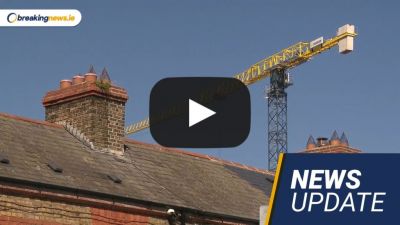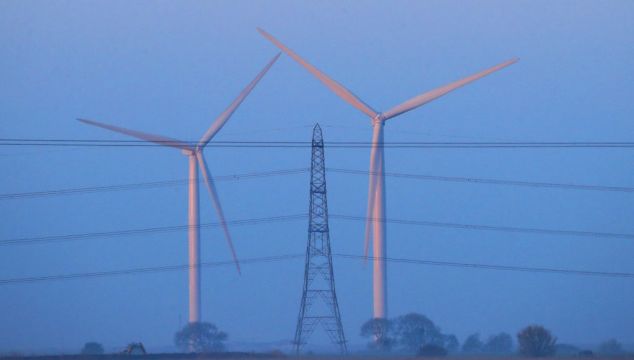An appeal brought by local residents against a court finding that certain parts of a Co Waterford-based windfarm did not amount to unauthorised development has been dismissed by the Supreme Court.
This means the 11-turbine windfarm at Ballyduff in Co Waterford by Barranafaddock Sustainable Electricity Limited can continue to operate.
The proceedings were brought by several local residents, who claimed in proceedings brought under Section 160 of the 2000 Planning and Development Act that the windfarm amounted to an unauthorised development and should be shut down.
Among the issues raised in the case was the claim that the developer had obtained planning permission for the blades on the turbine to be 90 meters in diameter but had allegedly deviated to a constructed blade length of 105m.
Following a referral by Waterford Co Council to An Bord Pleanála; the board ruled that the change was not exempted development.
Rotor blade length
Arising out that decision the residents initiated High Court proceedings claiming that the windfarm was unauthorised and sought orders that would have shut down the windfarm.
The developer claimed that it had been given permission by the council to increase the length of the rotor blades.
The High Court found in the resident's favour, but that decision was overturned by the Court of Appeal. (COA)
In its decision a five judge Supreme Court comprised of the Chief Justice Mr Justice Donal O'Donnell, Ms Justice Peter Charleton, Mr Justice Seamus Woulfe, Mr Justice Gerard Hogan and Mr Justice Brian Murray dismissed the appeal and upheld the CoA's findings.
Giving the court's decision Mr Justice Woulfe said that the appeal had raised certain questions, including whether the increase in rotor blade diameter was agreed in writing with Waterford Co Council.
Other questions that arose was if the applications can now challenge the validity of any such decision made by the planning authority on EU law grounds or if the board's finding can be construed as extending to a determination that the change of blade length amounted to an unauthorised development.
However, the court was satisfied to dismiss all grounds of the appeal. The increase in rotor blade diameter, he said had been agreed in writing with the planning authority.
The court was also satisfied that the applicants were not entitled to challenge any act by the board on EU grounds in light of the contents of certain parts of the 2000 Act.
The finding by the board regarding whether the difference in rotor blades was exempt development, he added, should be constructed as not extending to a determination of unauthorised development.
The Supreme Court agreed to hear the appeal after finding that the action raised issues of general public importance that require clarification, concerning the interplay of different conditions and sections in the 2000 Act, Environmental Impact Assessment requirements as these issues may arise in several other cases.
The operator secured planning permission from Waterford City and County Council to operate the windfarm in 2011.
In its application the operator stated that the turbines were to have a rotor blade diameter of 90 meters.
In 2013 the operators' consultants made a submission to the planning authority to modify the heights of three turbine hubs and increase the rotor blades from 90 to 103 meters in diameter.
The tip heights on the turbines remained the same height as included in the 2011 permission.
In reply to the submission, it is claimed that the local authority sent a letter to the operator stating "noted and agreed" but did not give express acknowledgement that the council had agreed to the rotor diameter increase.
The turbines were built and became operational in 2015.
Following complaints by the residents the local council referred the matter to An Bord Pleanála.
The board held that the increase in diameter was not exempted development and did not come within the scope of the planning permission granted.
The local residents brought High Court proceedings seeking to restrain the operation of the turbines.

In the High Court Mr Justice Garrett Simons held that some of the turbines, as built, were not authorised by planning permission and made an order restraining their use.
That decision was successfully appealed by the operator to the Court of Appeal (COA) which found in the company's favour.
In their appeal the residents had argued that the CoA's decision should be set aside.
The operator rejected the applicants' arguments and said that the CoA's findings should be left undisturbed.







